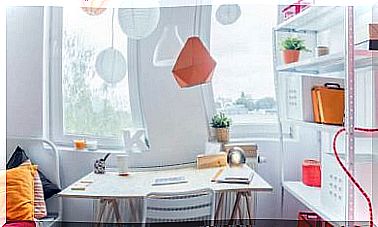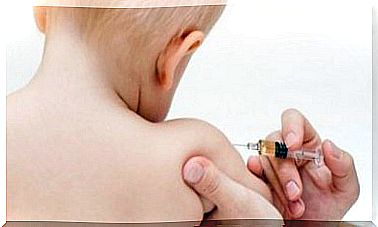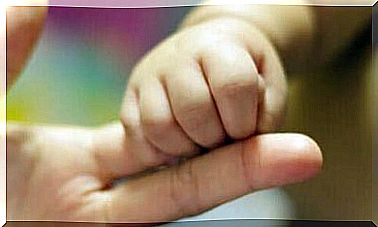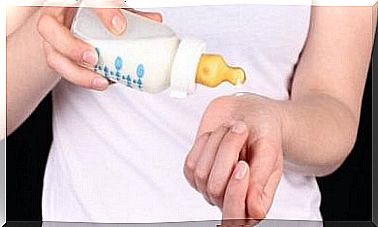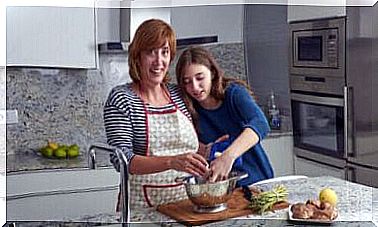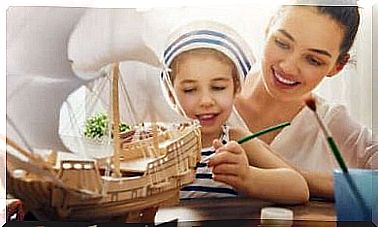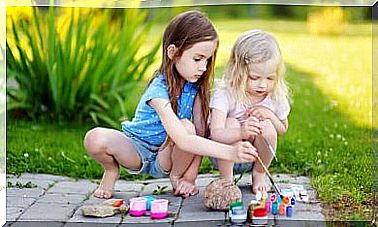How To Develop Fine Motor Coordination In Children – I’m A Mom
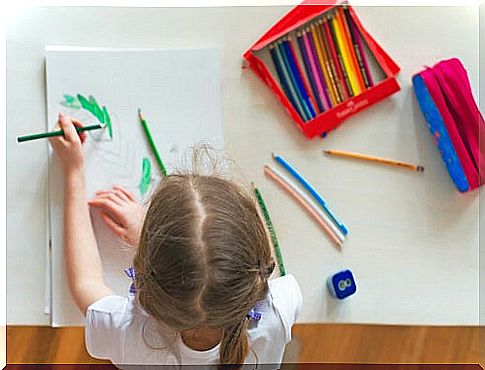
Fine motor coordination is the type of coordination that requires the use of the small muscles of the hands and forearm to perform activities that require greater precision and refinement. These skills develop progressively over the years if children are properly nurtured.
Encouraging the development of fine motor skills from an early age will allow the child, for example, to hold a brush accurately and paint.
As they grow up, under normal circumstances, babies develop their fine motor skills. Like? By exploring the world through touch, touching, picking up and dropping objects, etc. At first, babies will start picking up everything they can find around them to explore the texture of the different objects within reach. This happens out of pure curiosity.
Afterwards, they will start playing, playing, picking up objects, and generally having fun with them. Even if it doesn’t seem like it, as this happens, the baby is exercising the muscles in his hands and forearms. It thus acquires precision and retains control of its own strength when picking up or dropping objects.
Activities that develop fine motor coordination
- To design.
- Write.
- Cut and paste.
- Embroider with wool.
- Use the needle.
- Make origami.
- Molding clay.
- Among other similar activities.
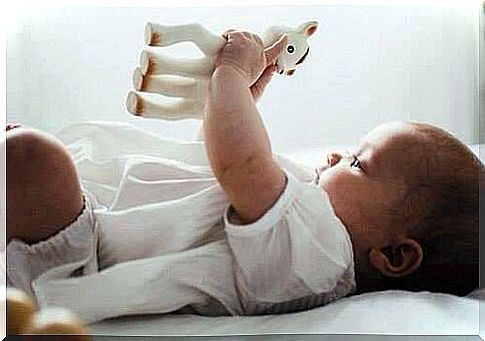
Why are they important?
One of the first signs of the development of fine motor skills in an infant is being able to hold, pick up, and move objects.
With proper stimulation and over time, your baby can learn to hold a pen and draw pictures on a sheet of paper. And so on until you are old enough to use colored pencils and/or cut with scissors.
Whenever children use their hands to perform tasks, hand coordination and vision improves. This is especially necessary for learning to draw, color, read and write. These are activities that the child will perform for the rest of his/her life and that will allow him/her to develop in other areas, such as school.
In addition to being able to play freely and draw on a sheet of paper from an early age, free exploration of the world around them, especially objects, helps children to achieve good development and build healthy self-esteem.
Signs of the development of fine motor coordination
At birth, babies have little or no control over their extremities and the strength they exert. However, from the 8th week onwards, they start to stretch their arms a little, move them and start to beat. This is part of natural development, especially touch.
From 5 months of age onwards, a baby can hold an object firmly. Little by little, you reach the stage where you can use your whole hand or even your thumb to pick up a toy and experience everything that happens when you leave, hold or drop an object.
From 12 months of age onwards, children have greater control of their hands and are more agile. In this way, they can play with different toys (dolls, legos, etc.), turn the pages of a booklet, and hold a pen firmly enough for drawing or coloring.
Fine motor skills allow children to write and do other activities they need for the rest of their lives.
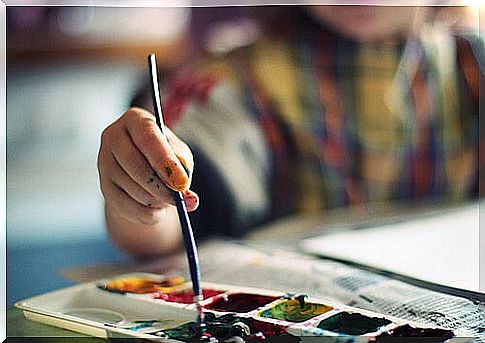
Activities to develop your baby’s coordination
Letting your child explore the world as freely as possible since they are a baby is the best thing you can do to help them develop fine motor skills.
Of course, a small baby requires constant adult supervision. But as he grows up, he needs to be encouraged to play with his own little fingers.
Have modeling clay at home
It seems a lie that the famous plasticine helps children to strengthen their finger muscles. Squeezing, stretching and shaping the play dough helps your baby to develop motor coordination and have an important sensory experience through play.
Create murals in the bathroom
Play is essential for children’s learning and also a way to develop their motor coordination and skills. To help her, you can cut out EVA figures in different shapes.
Figures from this material cling to the walls of the bathtub or the ceramics of your bathroom and are fun and stimulating play.
paint with fingers
A game as simple as using your fingers to paint on a backyard wall or heavy cardstock can help your child develop hand coordination.
play with water
Squeezing a sponge or filling and emptying a container with water are simple games that help strengthen a baby’s hands. These games can become even more fun if you add bubbles of soap and coloring to the water.
